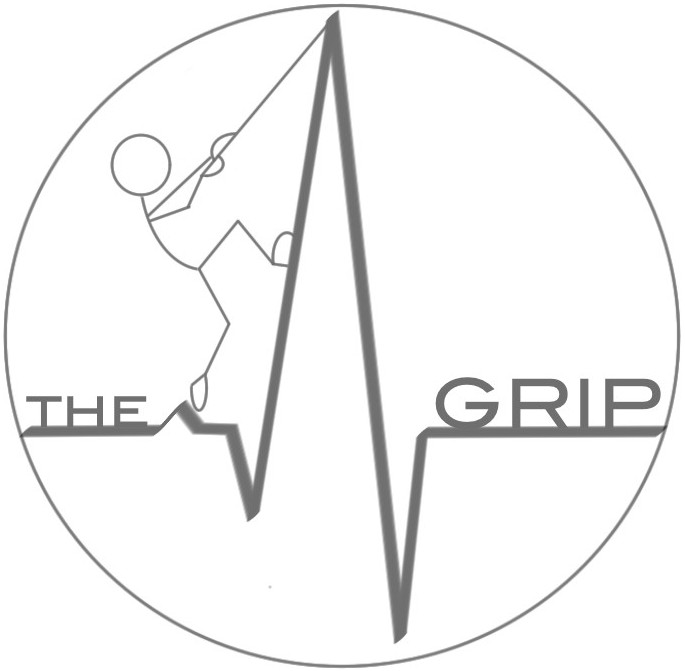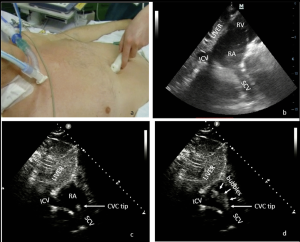Ultrasound localization of central vein catheter tip by contrast-enhanced transthoracic ultrasonography: a comparison study with trans-esophageal echocardiography
A great collaboration with Pr. Corradi: how to use ultrasound to reliably detect central vein catheter tip and replace chest x-ray
Full text here on Critical Care
Abstract
Background: To assess the usefulness of pre-operative contrast-enhanced transthoracic echocardiography (CE-TTE) and post-operative chest-x-ray (CXR) for evaluating central venous catheter (CVC) tip placements, with trans-esophageal echocardiography (TEE) as gold standard.
Methods: A prospective single-center, observational study was performed in 111 patients requiring CVC positioning into the internal jugular vein for elective cardiac surgery. At the end of CVC insertion by landmark technique, a contrast-enhanced TTE was performed by both the apical four-chambers and epigastric bicaval acoustic view to assess catheter tip position; then, a TEE was performed and considered as a reference technique. A postoperative CXR was obtained for all patients.
Results: As per TEE, 74 (67%) catheter tips were correctly placed and 37 (33%) misplaced. Considering intravascular and intracardiac misplacements together, they were detected in 8 patients by CE-TTE via apical four-chamber view, 36 patients by CE-TTE via epigastric bicaval acoustic view, and 12 patients by CXR. For the detection of catheter tip misplacement, CE-TTE via epigastric bicaval acoustic view was the most accurate method providing 97% sensitivity, 90% specificity, and 92% diagnostic accuracy if compared with either CE-TTE via apical four-chamber view or CXR. Concordance with TEE was 79% (p < 0.001) for CE-TTE via epigastric bicaval acoustic view.
Conclusions: The concordance between CE-TTE via epigastric bicaval acoustic view and TEE suggests the use of the former as a standard technique to ensure the correct positioning of catheter tip after central venous cannulation to optimize the use of hospital resources and minimize radiation exposure.

